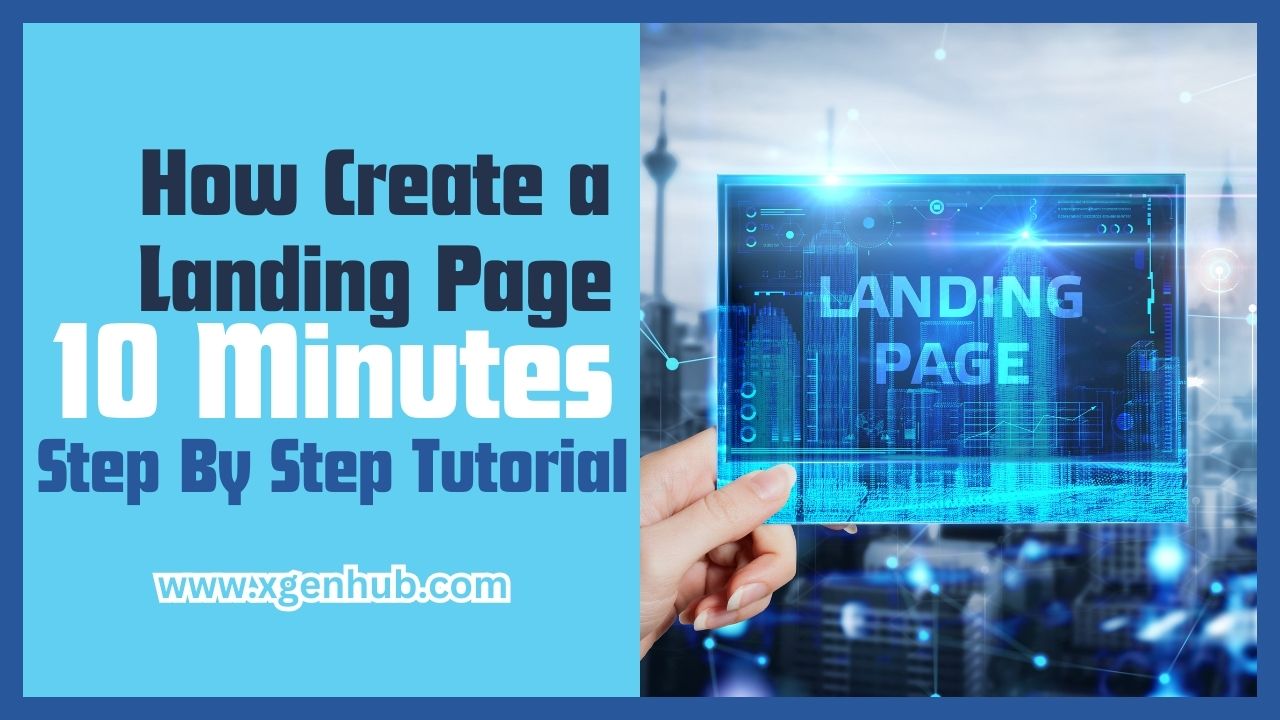In the fast-paced world of online marketing, every second counts. That’s why landing pages are so crucial. They’re laser-focused webpages designed to capture leads and convert visitors into customers, and the best part? You can create a high-converting landing page in just 10 minutes! lets know how create a landing page in 10 Minutes
>> Unlock passive income Start earning today <<
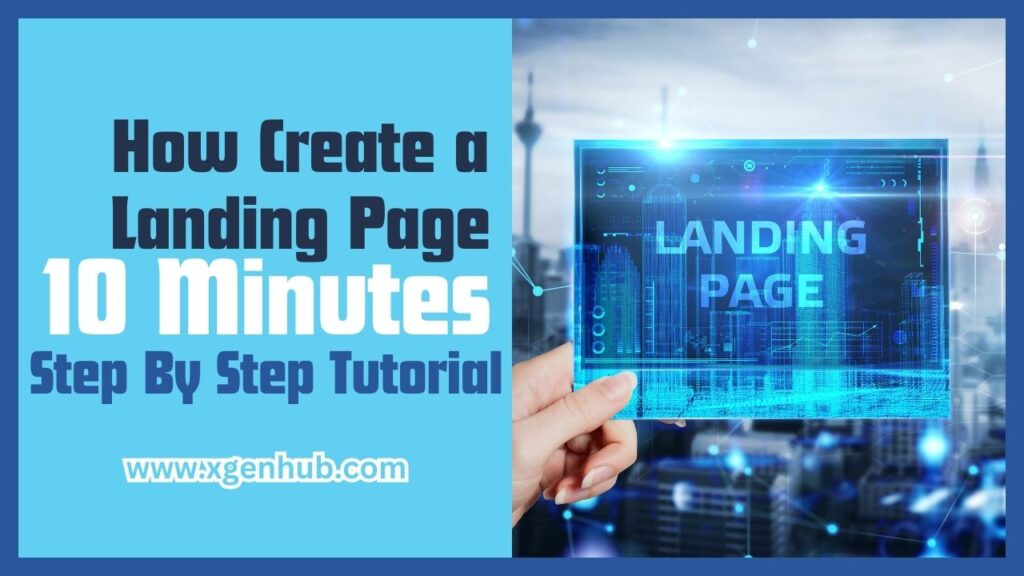
Step 1: Choose Your Landing Page Platform
Several user-friendly platforms can help you build a landing page quickly and easily. Some popular options include:
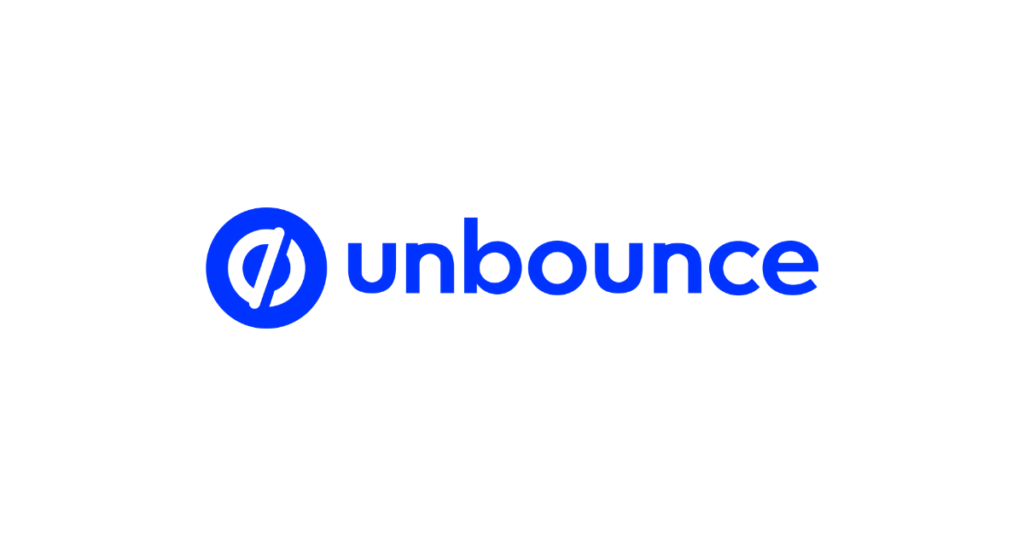
Unbounce
Offers a drag-and-drop interface, pre-built templates, and a generous free trial.
Leadpages
Known for its conversion-focused features and mobile-responsive templates.

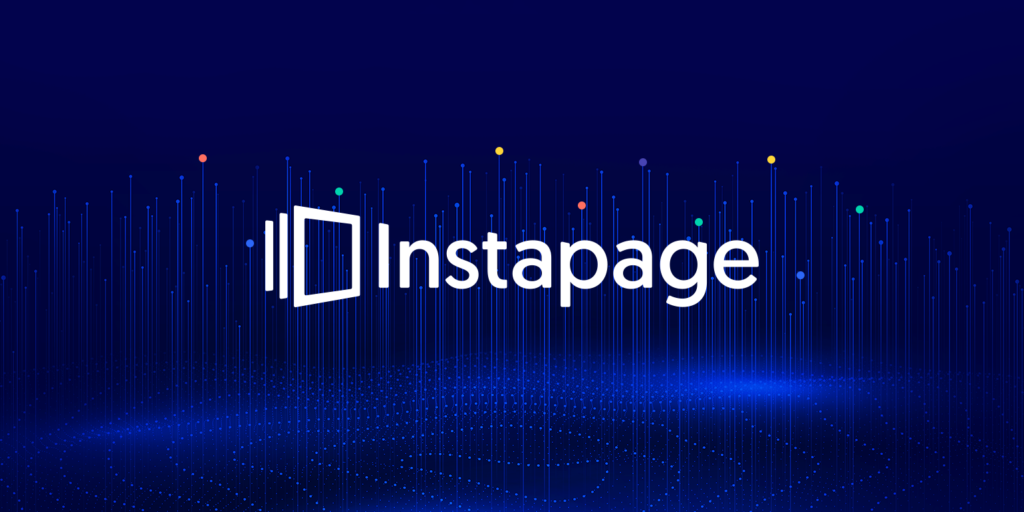
Instapage
Boasts robust A/B testing capabilities and integrations with popular marketing tools.
Mailchimp
A popular email marketing platform that also offers basic landing page creation.
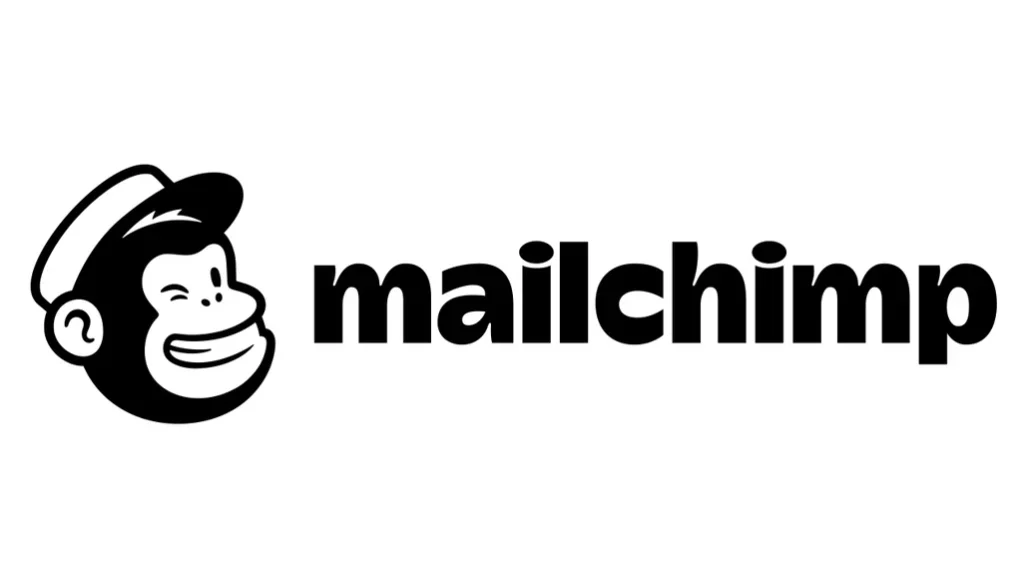
Step 2: Select a Template
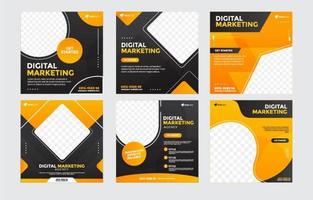
Most platforms offer a library of pre-designed templates for various purposes, such as lead generation, webinar registration, or product launches. Choose a template that aligns with your goals and target audience.
how create a landing page in 10 Minutes
>> Unlock passive income Start earning today <<
Step 3: Customize Your Template
Don’t settle for a cookie-cutter design! Make the template your own by:
- Adding your branding: Use your logo, colors, and fonts to create a cohesive brand experience.
- Replacing placeholder text: Craft clear, concise, and benefit-oriented copy that speaks directly to your audience’s pain points.
- Inserting compelling visuals: Use high-quality images and videos to grab attention and break up text.
There are many ways to customize a template, depending on the type of template and the software you’re using. Here are some general tips:
1. Identify the template type.
- Document templates: These are used for creating things like letters, reports, and presentations. Common software that uses templates include Microsoft Word, Google Docs, and Apple Pages.
- Website templates: These provide a pre-designed layout for your website. Popular website builders like Wix and Squarespace offer a variety of templates to choose from.
- Graphic design templates: These can be used for creating things like social media graphics, posters, and flyers. Canva and Adobe Spark are popular tools for this.
2. Find the template.
- Most software comes with a built-in library of templates. You can usually browse these in a dedicated “Templates” section or by searching for keywords.
- Many third-party websites also offer free and paid templates for various purposes. Be sure to choose a reputable website and check the license terms before downloading any templates.
3. Customize the template.
- Once you’ve found a template you like, you can start customizing it to fit your needs. This will usually involve things like:
- Adding or removing content: Most templates will have placeholder text and images that you can replace with your own.
- Changing the formatting: You can adjust things like fonts, colors, and spacing to match your brand or style.
- Adding your own images: You can upload your own photos or graphics to replace the placeholder images in the template.
- Adding interactivity: If you’re using a website template, you may be able to add things like forms, buttons, and videos.
Here are some additional tips for customizing templates:
how create a landing page in 10 Minutes
- Don’t be afraid to experiment! There are no hard and fast rules when it comes to customizing templates. Try different things until you find a look that you’re happy with.
- Use high-quality images. Low-quality images can make your template look unprofessional. If you don’t have any high-quality images of your own, you can find royalty-free images online.
- Keep it consistent. Make sure your template is consistent with your overall brand identity. This includes using the same fonts, colors, and logo throughout.
- Get feedback. Ask a friend or colleague for feedback on your template before you use it. This can help you identify any areas that need improvement.
By following these tips, you can easily customize a template to create a unique and professional-looking document, website, or graphic.
Step 4: Craft a Captivating Headline
Your headline is the first thing visitors will see, so make it count! It should be:

Crafting a captivating headline is an art form in itself. It’s the first impression your content makes, and it can make or break whether someone decides to engage with it. Here are some tips to help you craft headlines that grab attention and pique curiosity:
>> Unlock passive income Start earning today <<
1. Keep it short and sweet: Aim for around 6-10 words to ensure your headline is easily digestible and scannable. People are bombarded with information online, so brevity is key.
2. Use strong verbs and active voice: Passive voice puts readers to sleep. Instead, use strong verbs that evoke action and intrigue. For example, “5 Hacks to Boost Your Creativity” is more compelling than “Creativity Can Be Boosted with These 5 Hacks.”
3. Spark curiosity with a question: Questions tap into our natural desire for answers. Headlines like “Is This the Secret to Happiness?” or “Could This Simple Trick Save You Money?” are more likely to get clicks than bland statements.
4. Highlight the benefits: What’s in it for the reader? Focus on the benefits your content will provide, whether it’s solving a problem, teaching them something new, or entertaining them. For example, “Learn How to Cook Like a Pro in Just 30 Minutes” is more enticing than “Basic Cooking Techniques.”
5. Use numbers and lists: People love numbered lists and bite-sized chunks of information. Headlines like “7 Unexpected Travel Hacks You Need to Know” or “The 3 Biggest Mistakes New Bloggers Make” are easy to remember and pique interest.
6. Add a touch of intrigue or mystery: A little bit of mystery can go a long way in making your headline irresistible. Use words like “secrets,” “hacks,” or “unexpected” to hint at something valuable that the reader will discover.
7. Tailor your headline to your audience: Consider who your target audience is and what would resonate with them. Use language and references that they’ll understand and find appealing.
8. A/B test different headlines: Don’t be afraid to experiment with different headlines and see what works best. Track your click-through rates and engagement metrics to see which headlines are most effective.
Bonus tip: Use power words! Words like “free,” “easy,” “new,” and “guaranteed” can trigger positive emotions and encourage clicks.
Here are some examples of captivating headlines across different formats:
- Blog post: “The One Productivity Hack That Will Change Your Life”
- News article: “Mysterious Object Spotted in the Sky: Experts Baffled”
- Social media post: “5 Hilarious Doggo Memes That Will Make Your Day”
- Email subject line: ” You Won’t Believe What This Customer Did!”
Remember, the best headlines are those that are relevant to your content, pique curiosity, and promise value to the reader. With a little practice and these tips in mind, you’ll be crafting headlines that are irresistible!
I hope this helps! Let me know if you have any other questions.
- Clear and concise: Communicate your value proposition in a few words.
- Benefit-oriented: Highlight what’s in it for the visitor.
- Intriguing: Spark curiosity and encourage visitors to read more.
Step 5: Include a Strong Call to Action (CTA)
Tell visitors exactly what you want them to do, whether it’s signing up for an email list, downloading an ebook, or making a purchase. Use strong CTA buttons with clear and actionable text, such as “Get Started Now,” “Download Your Free Guide,” or “Buy Now. how create a landing page in 10 Minutes
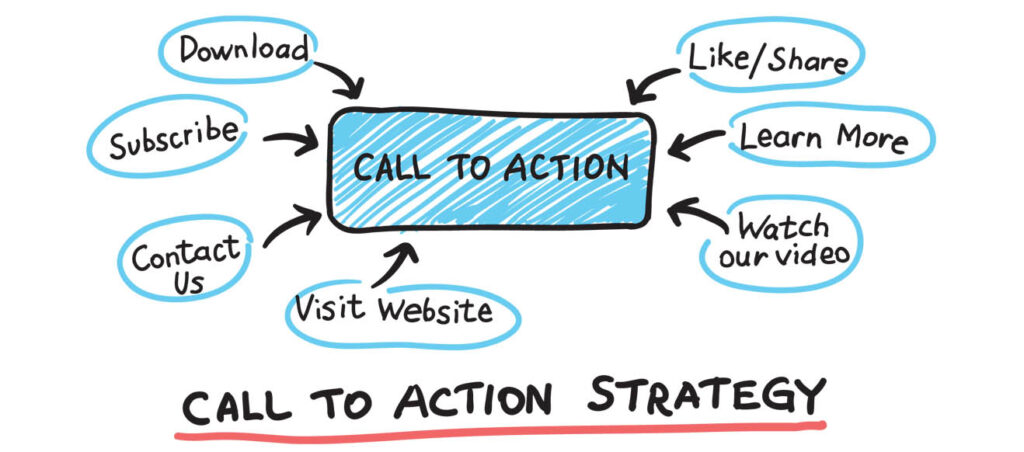
A strong call to action (CTA) is a clear and concise statement that instructs your audience to take a specific desired action after consuming your content. It’s essentially your invitation for them to engage with you further.
>> Unlock passive income Start earning today <<
Here are some key elements of a strong CTA:
1. Clarity and Specificity:
- Leave no room for confusion. State exactly what you want your audience to do, whether it’s subscribing to a newsletter, clicking a link to purchase something, downloading a freebie, or contacting you for more information.
- Don’t use generic CTAs like “Learn More” or “Click Here.” Be specific, like “Download Our Free Ebook Today” or “Schedule Your Free Consultation Now.”
2. Action-Oriented Language:
- Use strong verbs that urge your audience to take action. Verbs like “Start,” “Get,” “Try,” “Join,” and “Discover” encourage immediate engagement.
- Avoid passive language that puts the onus on the reader to figure out what you want them to do.
3. Urgency and Scarcity (Optional):
- Create a sense of urgency by using limited-time offers, deadlines, or countdown timers.
- You can also create a sense of scarcity by implying limited availability or highlighting exclusivity.
4. Visual Cues:
- Use buttons, contrasting colors, arrows, or other visual elements to make your CTA stand out and draw attention.
5. A/B Testing:
- Don’t be afraid to experiment with different CTAs and track their performance to see what resonates best with your audience.
Remember:
- Align your CTA with your content and overall marketing goals.
- Target your CTA to your specific audience.
- Make it easy for your audience to take the desired action.
- Track your results and adjust your CTA as needed.
By following these tips, you can create strong CTAs that will boost engagement and conversions for your content. how create a landing page in 10 Minutes
I hope this explanation helps! Let me know if you have any other questions.
Step 6: Optimize for Mobile
With over half of web traffic coming from mobile devices, it’s crucial to ensure your landing page looks and functions flawlessly on smartphones and tablets. Choose a responsive template and test your page on different devices.
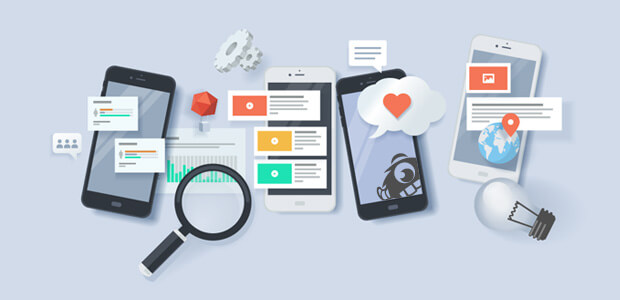
Optimizing for mobile is crucial in today’s digital landscape, where most users access the internet through their smartphones and tablets. Here are some key ways to optimize your content and platforms for mobile:
Website and Content:
- Responsive Design: Prioritize a responsive design that adapts to different screen sizes and resolutions. This ensures your website looks and functions optimally on all devices, from desktops to smartphones.
- Fast Loading Times: Mobile users are impatient! Aim for loading times under 3 seconds to avoid bounce rates. Optimize images, compress code, and leverage browser caching for faster mobile performance.
- Readability: Use clear and concise language, break up text into digestible chunks, and ensure fonts are large enough for mobile reading.
- Touch-Friendly Interface: Buttons, links, and other interactive elements should be sized and spaced appropriately for easy touch interaction on mobile devices.
- Image Optimization: Use smaller image sizes without compromising quality to avoid slowing down mobile loading times. Consider responsive image formats like JPEG 2000 or WebP.
- Offline Access (Optional): For content-heavy websites, consider making essential content available for offline browsing, enhancing the user experience in areas with limited data connectivity.
>> Unlock passive income Start earning today <<
Apps and Mobile Experiences:
- User-Centered Design: Focus on an intuitive and user-friendly interface that’s easy to navigate on a smaller screen. Prioritize key functionalities and avoid cluttering the app with unnecessary elements.
- Offline Functionality (Optional): Depending on the app’s purpose, consider enabling essential features to work offline, catering to users with limited data access or unreliable internet connections.
- Push Notifications: Utilize targeted push notifications for relevant updates, reminders, or personalized offers to keep users engaged.
- App Store Optimization: Optimize your app listing with relevant keywords, screenshots, and descriptions to improve discoverability in app stores.
- Performance and Battery Usage: Optimize your app to run efficiently and minimize battery drain to ensure a smooth and enjoyable user experience.
Step 7: Connect Your Email Service Provider (ESP)
If you’re collecting leads, you’ll need to connect your landing page to your ESP. This allows you to capture visitor information and add them to your email list.
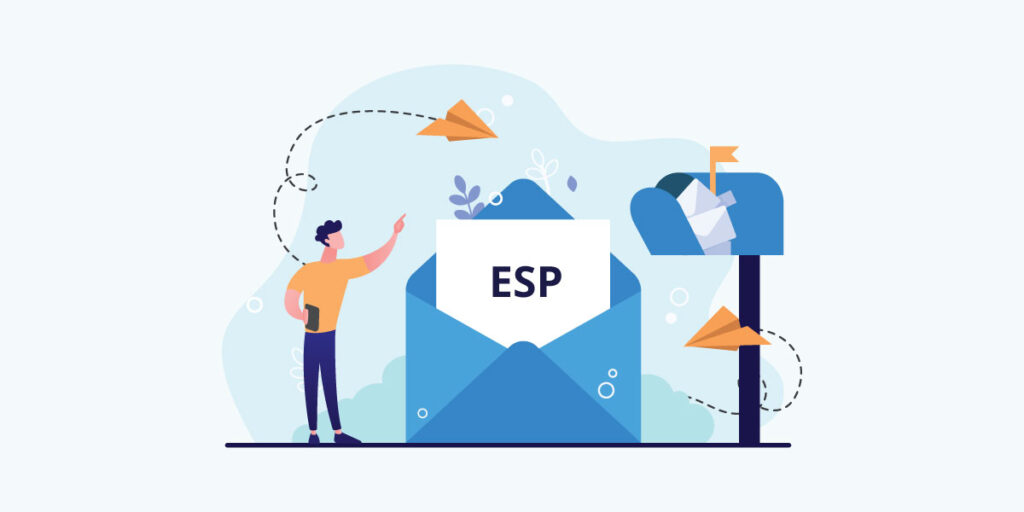
Connecting your Email Service Provider (ESP) is essentially bridging the gap between your email marketing platform and any other tool or software you want to use alongside it. This allows for a seamless flow of information and functionality, enhancing your email marketing efforts in various ways.
>> Unlock passive income Start earning today <<
Imagine your ESP as the central hub of your email marketing campaign. It’s where you manage your email lists, create and design emails, and track campaign performance. But to truly unlock its potential, you need to connect it to other systems that can:
wannt more?
- Expand your reach: Integrate with your website or CRM to capture leads and subscribers, segment your audience for targeted campaigns, and personalize your messaging.
- Boost engagement: Connect with social media platforms like Facebook or Twitter to schedule and share email campaigns, run cross-channel promotions, and track social media engagement driven by your emails.
- Simplify payments: Integrate with a payment gateway like Stripe or PayPal to accept donations or sell directly through your email campaigns, streamlining the purchase process for your audience.
- Improve deliverability: Connect with an email verification service like Clearbit or NeverBounce to ensure your email list contains valid addresses, reducing bounce rates and improving sender reputation. how create a landing page in 10 Minutes
The specific benefits of connecting your ESP will depend on your individual needs and goals. However, some general advantages include:
- Increased efficiency: Automating tasks and workflows between your ESP and other tools saves you time and effort.
- Improved targeting and personalization: Accessing data from other platforms allows you to create more targeted and personalized email campaigns, leading to higher engagement and conversion rates.
- Enhanced reporting and analytics: Tracking data across different platforms gives you a more comprehensive view of your email marketing performance, enabling better decision-making.
- Streamlined user experience: Connecting your ESP to other tools creates a smoother experience for both you and your audience.
Here are some specific examples of how different businesses might connect their ESPs:
- Ecommerce store: Connect to a shopping cart platform to track purchases and send targeted abandoned cart emails.
- B2B company: Connect to a CRM to nurture leads and personalize email outreach based on customer data.
- Blogger: Connect to social media platforms to automatically share new blog posts via email and track social media engagement.
By understanding the concept of connecting your ESP and exploring the various possibilities, you can unlock a new level of effectiveness and efficiency in your email marketing campaigns. Remember, the key is to identify the tools and integrations that align with your specific goals and audience, allowing you to leverage the power of your ESP to its full potential.
I hope this explanation, along with the images, provides a clearer picture of what connecting your ESP entails and the benefits it can offer. Feel free to ask if you have any further questions or need more specific examples!
Step 8: Publish and Promote!
Once you’re happy with your landing page, it’s time to hit publish! Promote your landing page through social media, email marketing, and paid advertising to drive traffic and conversions.
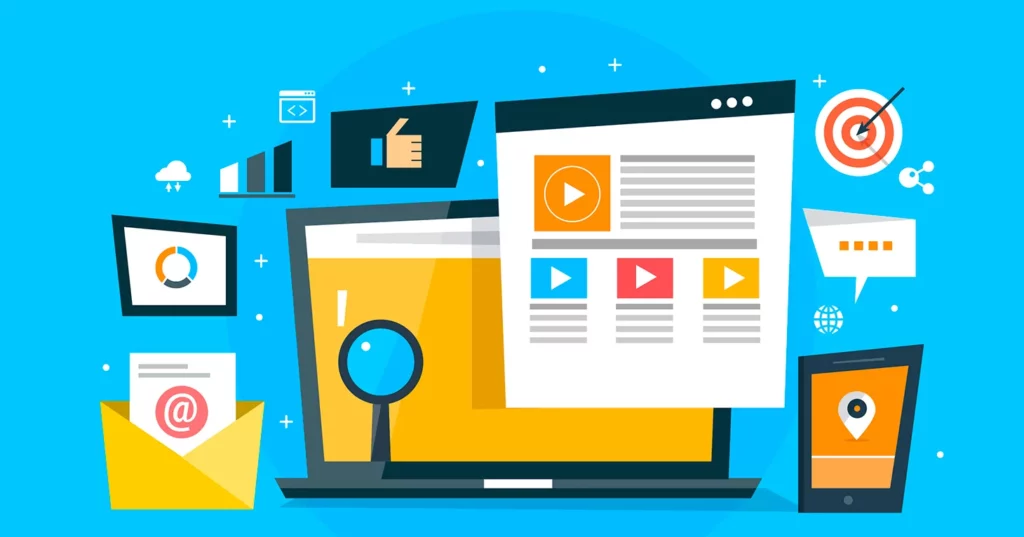
“Publish and Promote” is a broad topic, and its specifics depend on what you’re trying to publish and where you want to promote it. To give you the most helpful answer, I need some additional information:
>> Unlock passive income Start earning today <<
1. What are you publishing?
- Is it a book, an article, a piece of music, a video, a software application, or something else?
- What format is it in? Physical, digital, or both?
2. Where do you want to publish it?
- Are you looking to publish through traditional channels (e.g., a publishing house, a record label) or self-publish online (e.g., Amazon Kindle Direct Publishing, YouTube)?
- Are there any specific platforms or publications you’re targeting?
3. Who is your target audience?
- Understanding your audience is crucial for both publishing and promotion strategies. Who are you trying to reach with your content? What are their interests and needs?
4. What are your goals?
- Do you want to make money, raise awareness, build a following, or something else? Once you have a clear understanding of your goals, you can choose the most effective publishing and promotion methods.
Once I have this information, I can provide you with specific steps and resources tailored to your needs. For example, if you’re writing a book, I can recommend different publishing platforms, marketing strategies for authors, and online communities for writers. If you’re creating a video, I can suggest platforms like YouTube and Vimeo, video promotion techniques, and tips for growing your channel.
In the meantime, here are some general tips that apply to most types of publishing and promotion:
Publishing:
- Optimize your content for the chosen platform. Make sure your formatting, file size, and metadata are appropriate for the specific platform you’re using.
- Proofread and edit your work carefully. Typos and grammatical errors can make a bad impression.
- Create a captivating title and description. This is what will grab people’s attention and make them want to learn more.
- Consider using keywords and tags strategically. This will help people find your content when they search online.
Promotion:
- Use social media. Share your work on your social media profiles and join relevant groups and communities.
- Reach out to influencers. If there are any influential people in your field, see if they’re willing to share or review your work.
- Create engaging content around your work. Write blog posts, make videos, or give interviews to generate interest.
- Run targeted ads. This can be a good way to reach a wider audience, but make sure you target your ads carefully to avoid wasting money.
- Track your results. See what’s working and what’s not, and adjust your strategies accordingly.
Remember, successful publishing and promotion takes time and effort. Don’t get discouraged if you don’t see results overnight. Keep creating great content, networking with other creators, and trying new things, and eventually, you’ll reach your target audience and achieve your goals.
I hope this gives you a good starting point. Please provide me with more details about your specific project, and I’ll be happy to help you further!
Bonus Tips for a High-Converting Landing Page:
- Keep it simple: Avoid clutter and focus on the essential elements.
- Use white space effectively: Give your content room to breathe and make it easy to read.
- Test and refine: Use A/B testing to see what works and make adjustments to improve your conversion rate.
I hope this article has been helpful. Please let me know if you have any questions.
Happy landing!
How Create a Landing Page in 10 Minutes: Step By Step TutorialHow Create a Landing Page in 10 Minutes: Step By Step Tutorial
